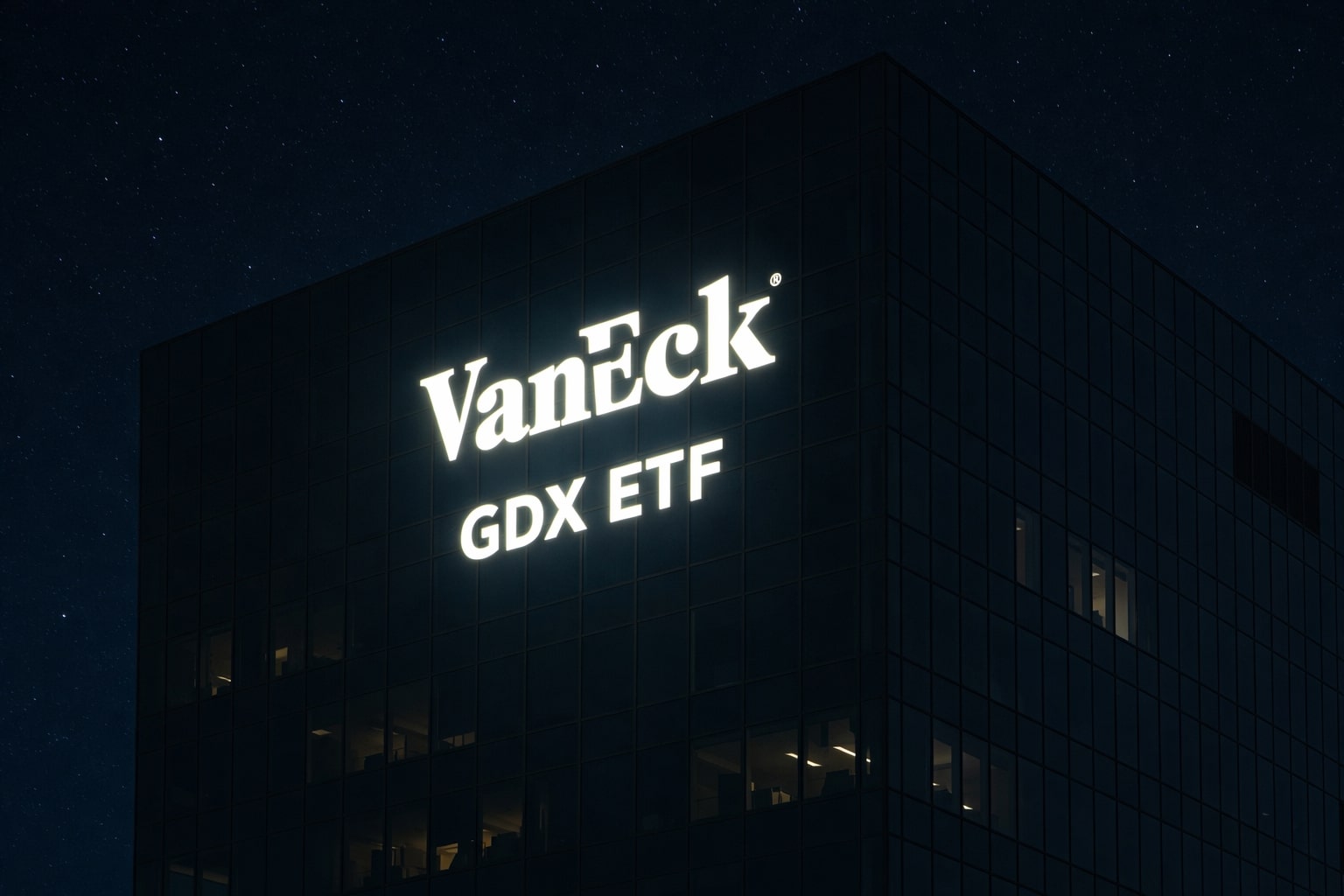
Bitcoin Price Predicts Rise to $50,000 in 2023 and $120,000 by 2024
Crypto Winter Over: Standard Chartered Foresees a Bitcoin Price Boom Driven by Enhanced Miner Profitability and Evolving Supply Dynamics | That's TradingNEWS
Standard Chartered, one of the major global banking powerhouses, has made a daring prediction that Bitcoin (BTC-USD) could reach $50,000 by the end of 2023 and go as high as $120,000 by the end of 2024. This announcement, delivered on Monday, made headlines across multiple media outlets. Such a bullish statement signals a marked shift in the mainstream narrative about the world's largest cryptocurrency.
As per the market situation, Bitcoin slipped 0.2% to $30.2K as of 9:58 a.m. ET, yet it still represents a healthy 17.2% month-on-month (M/M) and an impressive 81.3% year-on-year (Y/Y) gain. Despite the slip, Standard Chartered's latest forecast marks a significant jump from their previous end-2024 Bitcoin forecast of $100K, based on their belief that the "crypto winter" was finally over.
This bold $20,000 bump in the price target can be attributed to "increased miner profitability per BTC (bitcoin) mined", as they can sell less while maintaining cash inflows. This in turn reduces the net BTC supply and pushes BTC prices higher, as explained by StanChart FX analyst Geoff Kendrick, a view reported by Reuters.
Conversely, Seeking Alpha analysts have taken a more conservative stance with their BTC price forecasts, due to factors like heightened regulatory scrutiny. Analyst Clem Chambers posits that BTC could dip as low as $13,000 by the end of 2023, with a more likely outcome being around $25,000. Despite this, Chambers acknowledges the unpredictable nature of the regulatory landscape, stating that "almost any price sub-$100,000 is possible".
What seems clear from Standard Chartered's forecast is a belief in the power of supply and demand dynamics to drive up Bitcoin's value. Miners, dedicated to preserving the network, are expected to sell less BTC, thereby creating a supply and demand imbalance that will tip in favor of the bulls.
The banking giant is no stranger to crypto, with its crypto custody platform Zodia raising $36 million in a Series A funding round in April. These activities reflect the changing sentiment towards Bitcoin and cryptocurrencies more broadly within major financial institutions.
Further contributing to the evolving landscape is the so-called "BlackRock effect". BlackRock's move to file for a spot Bitcoin exchange-traded fund, echoed by several major asset managers, has sparked a shift in mainstream media's portrayal of Bitcoin.
Arthur Hayes, former CEO of BitMEX, argues that the consistent progress of technological improvements globally will play a crucial role in propelling BTC's value. Hayes specifically cites artificial intelligence as a significant player, suggesting it may choose Bitcoin as its currency of choice thanks to its unique attributes.
Bitcoin's price trajectory, however, remains challenging to predict accurately, particularly in the long term. The cryptocurrency has been the talk of the crypto sector since BlackRock filed for a Bitcoin spot ETF last month, sparking a series of price surges that brought it back above $30,000 per coin. Despite some volatility and resistance at the $31,000 mark, the cryptocurrency's resilience in the face of adversity is noteworthy.
Looking ahead, the upcoming fourth halving event in the Bitcoin lifecycle — an event that occurs each time Bitcoin miners create 210,000 blocks — is expected to be another pivotal moment. Following each halving, Bitcoin typically undergoes a period of correction, after which its price usually surges and reaches new heights. After the 2016 halving, BTC climbed to $20,000. After the next one, it reached $69,000 per coin. Standard Chartered projects a further surge following the fourth halving, predicting the coin will reach $120,000 by the end of 2024.
According to the bank, this anticipated surge in Bitcoin's price could incentivize miners to hoard their rewards rather than sell them on exchanges. This action would decrease the supply, potentially aiding BTC's recovery to $50,000. The revised prediction represents a 20% increase over the bank's earlier forecast, with the belief that Bitcoin miners' increasing holdings will drive up Bitcoin's price due to reduced supply.
With major financial institutions like Standard Chartered forecasting optimistic outcomes for Bitcoin, it is clear that institutional investors are beginning to take note of the potential benefits of engaging with cryptocurrencies, especially given the signs of a positive outlook for Bitcoin price indicated by three consecutive weeks of crypto asset inflows.
Despite the challenges of Bitcoin mining difficulty, on-chain data platform Glassnode reported that the Bitcoin Hash Rate (7DMA) continues its upward trajectory, reaching an all-time high (ATH) value of 395 EH/s, equivalent to 395 quintillion guesses every second in an attempt to solve a Block. The U.S., as the largest crypto and Bitcoin mining country globally, plays a significant role in this process.
The Bitcoin market demonstrates a positive momentum shift that could signal a buying opportunity. Despite Bitcoin's price not making higher highs, the 'Know Sure Thing' (KST) oscillator has been making lower highs, signifying bullish divergence. Observations from the Bollinger Bands (BB) reveal that BTC's volatility has remained in its extreme state, however, this does not necessarily translate into unexpected price swings.
Analyst Rekt Capital stated that the total crypto market capitalization could increase by another 10% to 23%. Bitcoin, as the market's dominant asset, could be the biggest beneficiary of this hike. As the Open Interest (OI) reaches $7.5 billion — the highest value since the year began — this influx of new money could potentially lead to a rise in Bitcoin's market cap and a subsequent increase in price. This scenario emphasizes the current interest and potential of Bitcoin in the evolving financial landscape.
That's TradingNEWS
Read More
-
GDX ETF at $88 While Gold Tests $4,400: Are Gold Miners Poised for $100?
19.12.2025 · TradingNEWS ArchiveStocks
-
XRP ETF Boom: XRPI at $10.94 and XRPR at $15.49 as XRP-USD Clings to the $1.80–$1.90 Zone
19.12.2025 · TradingNEWS ArchiveCrypto
-
Natural Gas Price Forecast: NG=F Hovering Near $3.92 As Weather, LNG And Storage Collide
19.12.2025 · TradingNEWS ArchiveCommodities
-
USD/JPY Price Forecast - Dollar to Yen Near 157 as BoJ’s 0.75% Rate Hike Backfires on the Yen
19.12.2025 · TradingNEWS ArchiveForex

















